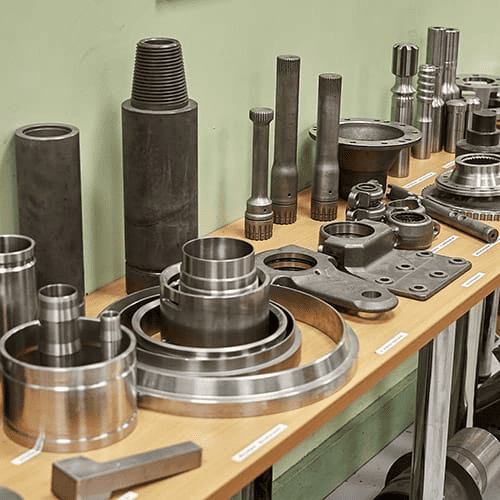The world of mold and die making is a precise and demanding field where every cut and contour matters. Achieving the desired precision and surface finish is paramount to creating high-quality molds and dies for various industries, from automotive to aerospace. One of the crucial decisions mold and die makers face is choosing the right cutting tools. In this blog, we’ll explore the comparison between two popular options: ball nose tools and high feed solid carbide end-mills.
Ball Nose Tools:
Ball nose tools are widely used in mold and die making due to their ability to create complex shapes and intricate details. These end-mills have a rounded tip, resembling a ball, which allows for smooth and contoured cuts. Here are some key advantages of using ball nose tools in mold and die making:
Versatile Contouring: Ball nose tools excel at 3D contouring, making them ideal for producing molds and dies with intricate designs, such as those used in consumer electronics or medical devices.
Superior Finish: The rounded tip reduces the chances of tool marks or scallops on the machined surface, resulting in a superior finish that often requires minimal post-processing.
Reduced Stress: Ball nose tools distribute cutting forces evenly, reducing tool wear and extending tool life. This is crucial when working with hardened steel or other challenging materials.
However, there are some considerations when using ball nose tools. They may not be the most efficient choice for roughing operations due to their design, and they require slower cutting speeds and feeds to maintain precision.
High Feed Solid Carbide End-Mills:
High feed solid carbide end-mills are gaining popularity in the mold and die making industry for several reasons:
Material Removal Rates: These tools are designed for high-speed machining and excel at roughing operations, removing material quickly and efficiently.
Stability: High feed end-mills are known for their stability during machining, which is crucial for maintaining precision in mold and die making.
Cost-Efficiency: Faster machining with high feed end-mills can result in reduced machining time and lower overall production costs.
However, they may not be the best choice for intricate contouring work, as they lack the rounded tip of ball nose tools, which limits their ability to access tight corners and complex geometries. They may require additional finishing passes to achieve the desired surface quality.
Choosing the Right Tool for the Job:
In the mold and die making industry, the choice between ball nose tools and high feed solid carbide end-mills depends on the specific requirements of the project. It’s not a matter of one being better than the other but rather which tool is better suited for a particular task within the production process.
In many cases, mold and die makers use a combination of both tool types. They might begin with high feed end-mills for efficient roughing and then switch to ball nose tools for finishing and fine detailing. The key is to leverage the strengths of each tool to optimize the machining process and achieve the desired results.
In conclusion, the choice between ball nose tools and high feed solid carbide end-mills in the mold and die making industry depends on factors like the complexity of the project, desired surface finish, material being machined, and machining strategy. Luckily our team at Epic Tool has decades of experience in this industry and can provide the right tooling solution for you. Contact us today!


